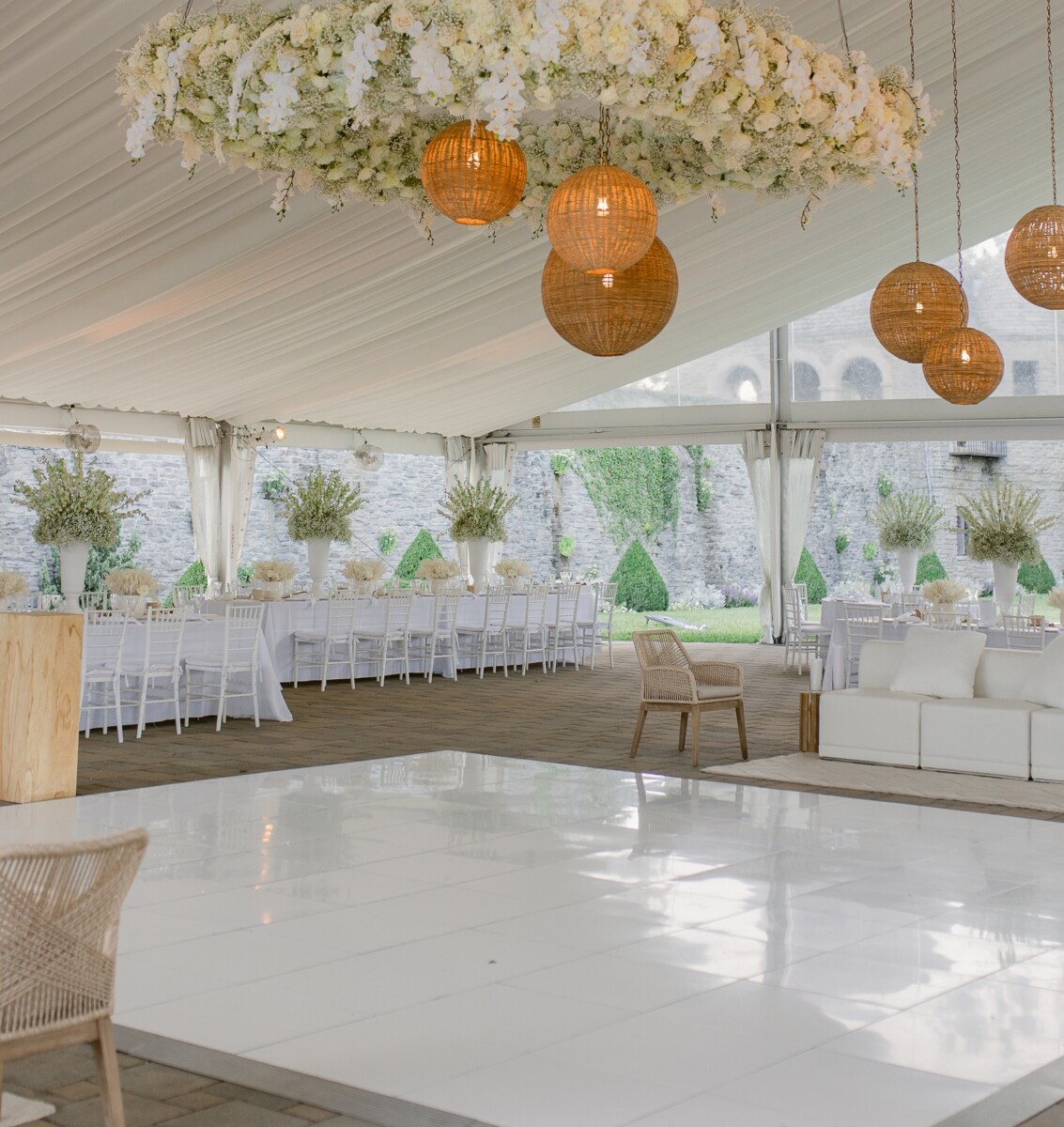Opting for the Perfect Substances for Creating a Robust and Safe Open-Air Dancing Platform
Selecting the right components for constructing a long-lasting and secure external performance surface is essential for guaranteeing an pleasurable experience. Outdoor dance floors must withstand various weather conditions while providing a stable surface for performers and participants. Therefore, it is essential to evaluate factors such as material resilience, safety attributes, and maintenance requirements when making selections. This article will explore several suitable materials and their advantages in creating an outdoor dance floor.
One popular choice for exterior dance floors is timber. Lumber offers a traditional and inviting appearance that many consider attractive. Solid woods like beech or oak are particularly favored due to their durability and ability to absorb impact, which can protect dancers’ joints. Additionally, wood has inherent slip-resistant properties when finished properly, reducing the risk of injuries. However, preserving a timber dance floor demands routine coating and resurfacing to shield it from moisture and UV damage, making it essential to consider the environment in which the floor will be placed.

Another practical option is composite materials, which blend natural fibers with plastic. These materials are designed to be impervious to humidity, mold, and discoloration from sunlight. Composite dance floors provide longevity comparable to traditional wood without the extensive maintenance. They are more resistant to warping and cracking than wooden floors when subjected to extreme outdoor conditions. Furthermore, composite materials often have built-in anti-slip properties, making them a safer choice for outdoor events.
For those looking for a more contemporary solution, read modular tiles made of polyvinyl chloride or elastomer are excellent alternatives. These tiles are designed for easy setup and can be reconfigured or swapped as required. The flexibility of using interlocking tiles permits rapid assembly and breakdown, making them ideal for short-term dance venues or gatherings. Additionally, these materials provide cushioning that enhances support while dancing and minimizes the risk of injuries caused by falls. The sealed structure of PVC and rubber also inhibits water penetration, additionally prolonging the life of the flooring.
Finally, it is crucial to evaluate the site and planned function of the outdoor dance floor when choosing components. For instance, if the dance floor will be installed in a heavily used area or subjected to harsh weather regularly, opting for durable surfaces that require about this low upkeep will be important. On the other hand, for lighter use or in more protected areas, less heavy options may be adequate. In any case, emphasizing safety aspects such as grip and impact resistance should remain at the forefront of planning.
In conclusion, building a durable and safe outdoor dance floor involves careful consideration of various materials suited for different environments and applications. Timber provides classic aesthetics but demands consistent care; engineered composites blend appearance with durability; modular flooring offer versatility and ease of use. Ultimately, understanding the specific needs of the dance floor's intended use will guide decision-making toward choosing the most appropriate material for an enjoyable and safe dancing experience outdoors.